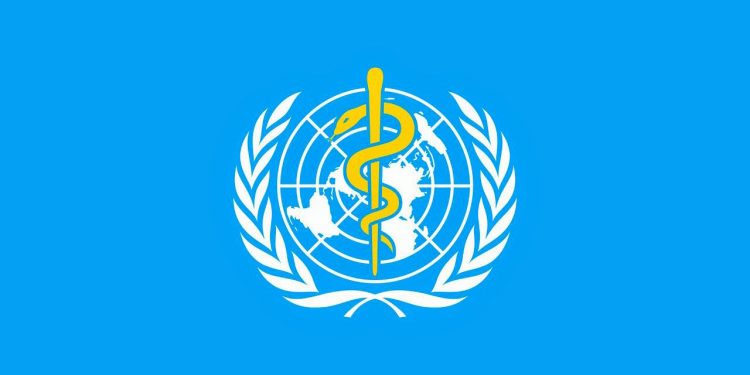The World Health Organization (WHO) has introduced an online platform known as the MeDevIS (Medical Devices Information System), which is the first global open access clearing house for information on medical devices.
According to the statement released by the Agency on Monday stating that this devices are designed to support govts, regulators and users in decision-making on selection, procurement and use of medical devices for diagnostics, testing and treatment of diseases and health conditions.
Revealing that this MeDevIS platform includes 2301 types of medical devices used for a broad-ranging health issues, including reproductive, maternal, newborn and child health, noncommunicable diseases such as cancer, cardiovascular diseases, diabetes as well as infectious diseases such as COVID-19.
WHO Assistant Director-General for Access to Medicines and Health Products, Dr Yukiko Nakatani said, “The number of medical technologies used in health care is growing, as is their complexity, which can make it challenging for health care practitioners and patients to navigate.
“We aim to provide a one stop shop of international information, which can be invaluable for those making decisions on life-saving medical technologies, especially in resource-limited settings, and to improve access”, WHO official added.
There are over 10 000 different medical devices that are being used for protection, prevention, diagnostics, treatment or rehabilitation of health issues globally.  These include multiple simple and complex medical technologies ranging from pulse oximeters, digital thermometers, single-use syringes and medical masks to various diagnostic laboratory tests.
These include multiple simple and complex medical technologies ranging from pulse oximeters, digital thermometers, single-use syringes and medical masks to various diagnostic laboratory tests.
And other medical equipment including electrocardiograms, endoscopes, all imaging radiology technologies, and technologies used for treatments such as hemodialysis units and defibrillators, implantable prothesis, cardiac stents and complex radiotherapy equipment.
However, currently there are multiple, separate sources of information produced by major international organizations, regulatory bodies, and donor agencies, making it difficult for users to discern and utilize the most reliable data.
In MeDevIS, users can check devices they require, including type, level of health care systems to support the device (such as community or specialized hospitals), scope of the device, and infrastructure required, among other categories. WHO noted that MeDevIS replaces paper-based literature search across multiple publications with non-standard device names which can add to the complexity. “Along with providing a single platform, MedevIS also aims to help make the naming of the medical devices simpler.
WHO noted that MeDevIS replaces paper-based literature search across multiple publications with non-standard device names which can add to the complexity. “Along with providing a single platform, MedevIS also aims to help make the naming of the medical devices simpler.
“MeDevIS references two international naming systems for medical devices – the European Medical Device Nomenclature (EMDN), mostly used in European countries for registration and used in regulatory agencies in Australia, Canada, the United Kingdom and the USA and other Member States.
The naming systems include coding and definitions and can be used in every country to facilitate registration for regulatory approval, procurement, supply, inventories in health facilities, tracking and pricing.
Also reacting to this development, the WHO Director, Health Products Policy Standards in Access to Medicines and Health Products Division, Dr Deus Mubangizi said, MeDevIS platform can be useful for national policy- makers to develop or update own national lists for procurement of health technologies and devices and can contribute to progress towards universal health coverage.
It was further disclosed that this is the first time WHO has developed such a global repository on medical devices, based on its experience with the WHO Priority Medical Devices List (MDL), which itself was based on the experience of creating the Essential Medicines List (EML).
WHO said it will be continually improving the MeDevIS platform, engaging stakeholders and partners and expanding it with additional technologies and devices used in various health areas, including in pandemic and emergency settings.











